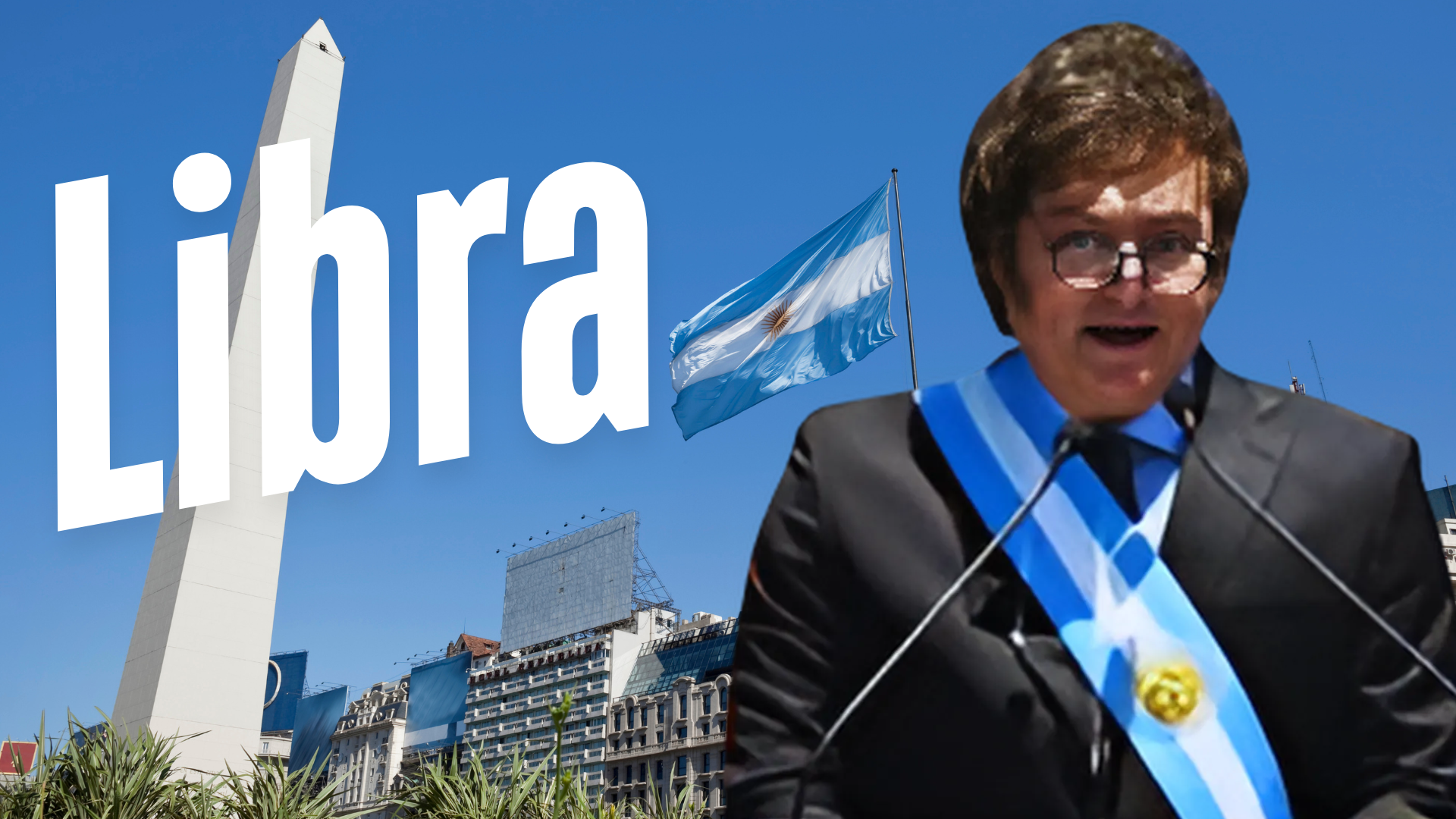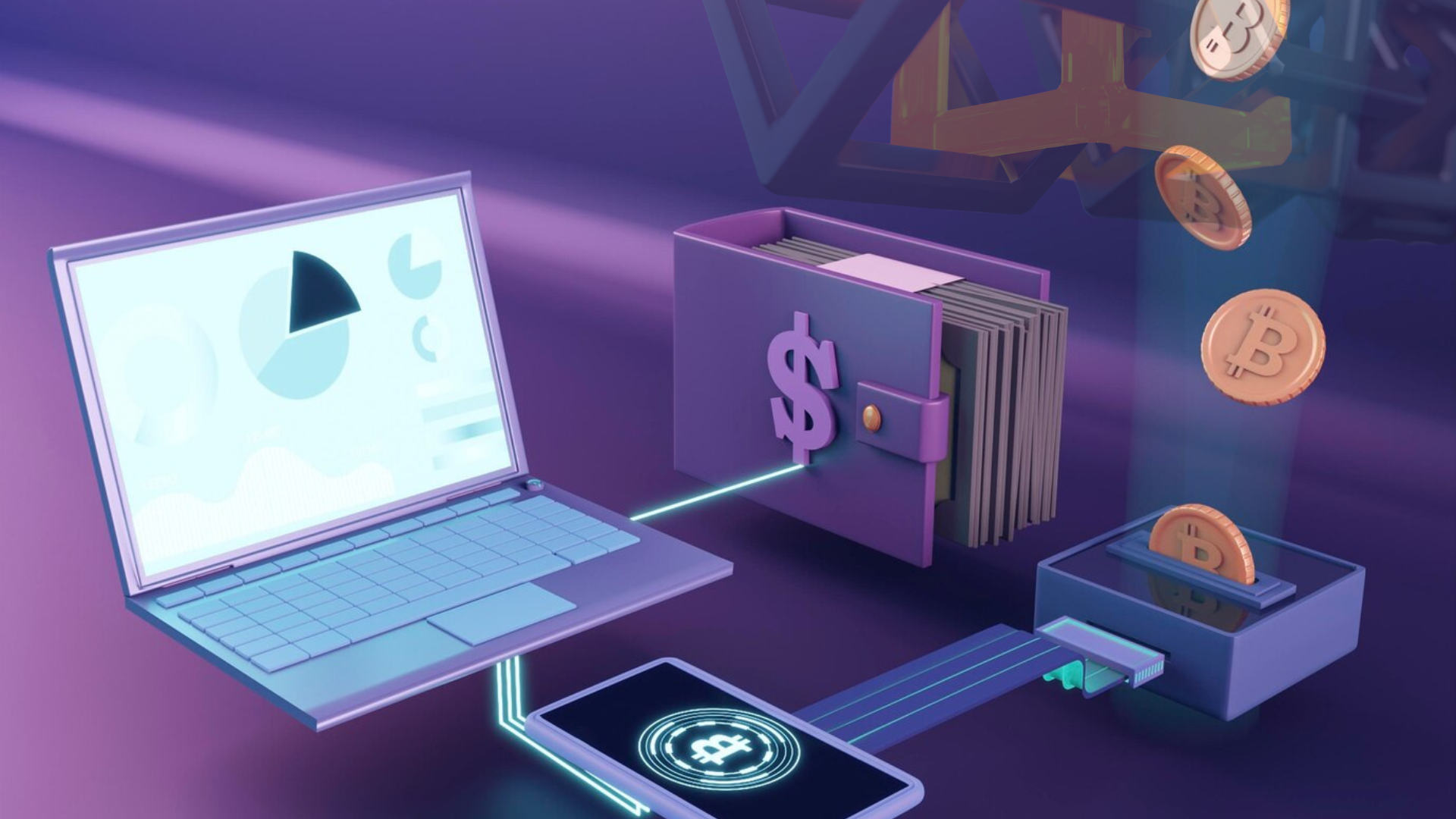
In the blockchain space, decentralized finance (DeFi) has traditionally focused on replacing financial intermediaries with peer-to-peer systems. However, a deeper and more meaningful vision is emerging—Decentralized Financial Inclusion. This new perspective seeks to build financial systems that provide equal access and opportunities for all, particularly underserved communities.
This mission is deeply personal to me. Growing up in Mexico, I witnessed firsthand the impact of economic struggles on access to financial opportunities. My parents’ experiences instilled in me the belief that no one should be excluded from financial systems based on their socioeconomic status or background. This belief now fuels my advocacy for inclusive finance through blockchain technology.
The following five pillars—financial literacy, asset building, capacity building, job creation, and neighborhood revitalization—offer a roadmap to a more inclusive financial ecosystem.
1. Financial Literacy: The Foundation of Inclusion
Financial literacy is the first step toward economic inclusion. Over 1.4 billion adults worldwide remain unbanked, often due to a lack of access to financial services or basic financial education. When individuals understand how to save, manage credit, and invest, they can make more informed financial decisions.
Recent University of Cincinnati research shows a positive correlation between cryptocurrency literacy and overall financial literacy. Those who understand digital assets are more likely to make informed financial decisions and seek professional guidance.
As cryptocurrencies become more mainstream, enhancing crypto literacy could improve financial inclusion, giving underserved populations better access to modern financial services.
2. Asset Building: Creating Pathways to Wealth
Many unbanked individuals lack access to wealth-building opportunities like stocks or real estate. Tokenization, a core feature of blockchain, enables fractional ownership of high-value assets, allowing more people to participate in investment markets.
For example, RedSwan CRE leverages blockchain to tokenize real estate, enabling fractional ownership of commercial properties. Instead of needing large upfront capital, investors can now own a share of real estate with smaller amounts.
By reducing barriers, increasing liquidity, and ensuring transparency, blockchain empowers individuals to secure financial stability and protect themselves against economic volatility.
3. Capacity Building: Strengthening Financial Institutions
Financial inclusion is not just about individuals—it also involves ensuring that institutions can effectively serve their communities. Capacity building equips banks, nonprofits, and community organizations with blockchain-powered tools to improve efficiency and transparency.
For instance, the World Food Programme has successfully used blockchain to distribute aid directly, reducing fraud and eliminating the need for intermediaries. Similarly, local financial organizations can implement blockchain-based resource allocation to better serve their communities.
4. Job Creation: Unlocking Economic Opportunities
Economic opportunities are at the heart of financial inclusion. By supporting small businesses and entrepreneurship, we can create jobs and stimulate local economies.
Decentralized finance (DeFi) platforms offer solutions like microfinance and crowdfunding, providing businesses with alternative funding sources. Blockchain ensures secure, transparent transactions, allowing fair access to capital without reliance on traditional banks.
Additionally, Web3 and blockchain development have opened up global job markets. Demand for blockchain developers, smart contract engineers, and DeFi specialists continues to grow, allowing individuals from underserved regions to participate in the global digital economy.
5. Neighborhood Revitalization: Transforming Communities
Revitalizing underserved communities starts with access—access to financial services, essential resources, and economic opportunities. Blockchain-powered microloans, savings accounts, and DeFi payment services provide new avenues for community-driven growth.
For example, tokenized microloans allow local businesses and individuals to access capital more easily, supporting projects like small business expansion, infrastructure improvements, and community initiatives.
This isn’t just a financial concept—it’s about empowering people to invest in their own communities, helping them reshape their futures despite economic barriers.
Beyond the Tech: A Call to Action
The promise of DeFi isn’t just about removing intermediaries—it’s about building transparent, equitable, and accessible financial systems. As economic inequality rises, decentralized financial inclusion offers a tangible path to empowerment.
The responsibility lies with policymakers, developers, and industry leaders to support decentralized technologies that advance financial inclusion. Whether through tokenized assets, microloans, or decentralized education, the tools to create a more inclusive financial ecosystem already exist.
In short, we must prioritize empowerment over profit and accessibility over exclusivity. Decentralized Financial Inclusion unlocks economic opportunities and grants individuals the autonomy to shape their financial futures.
This is more than just a technological shift—it’s a global movement toward a fairer financial system.


























































































































































































































































































































































































































































































































































































































































































































































































































































































































































































































































































































